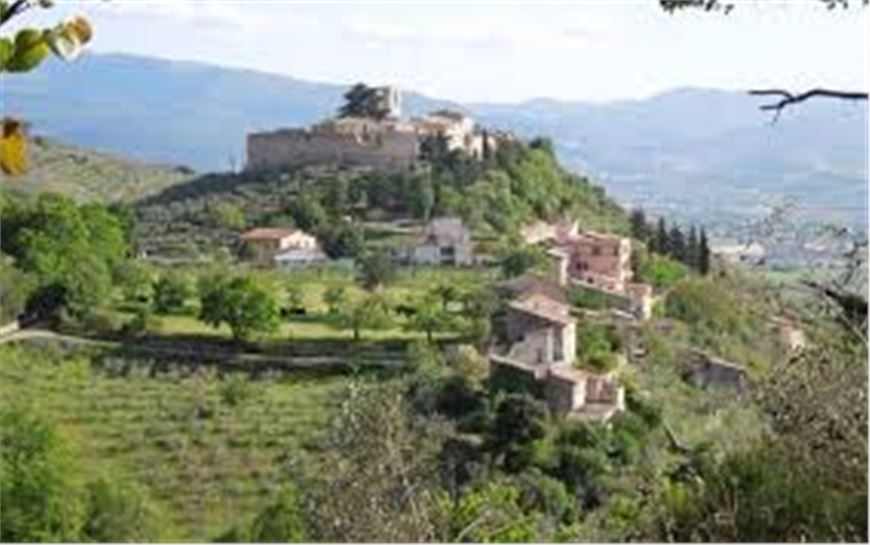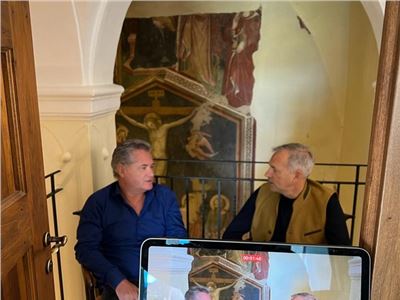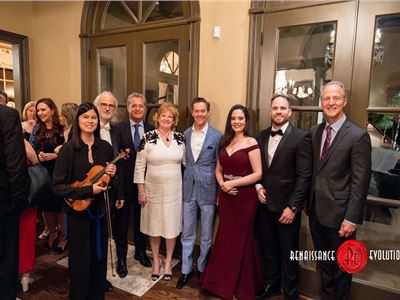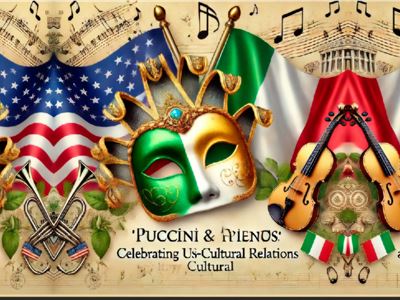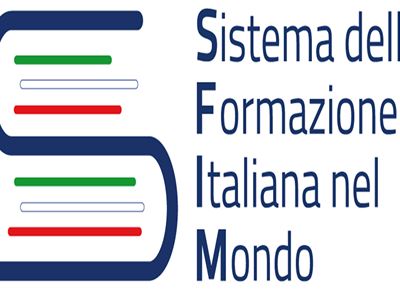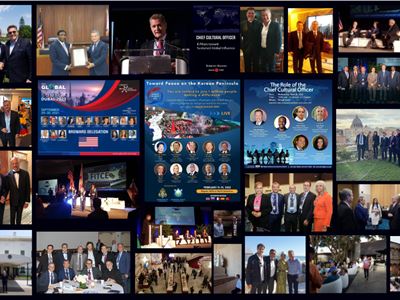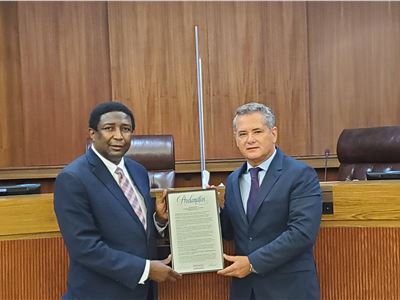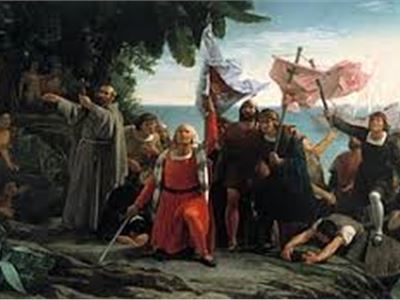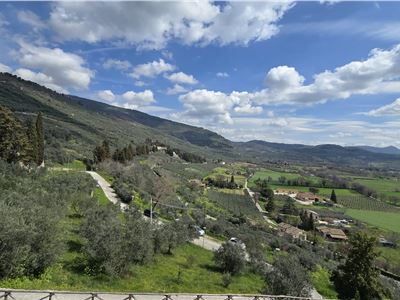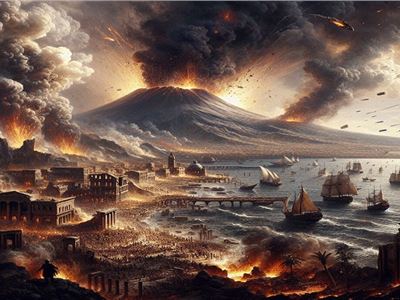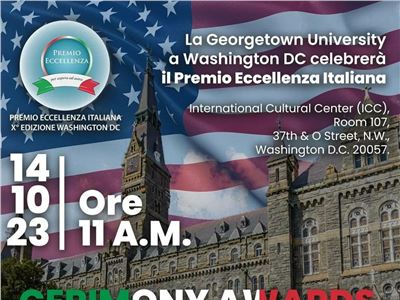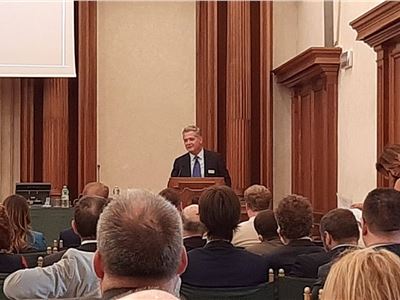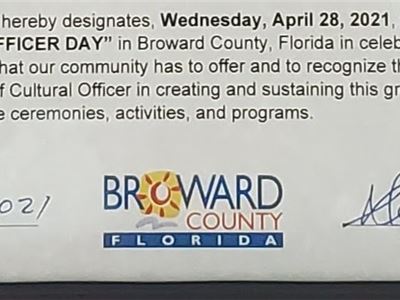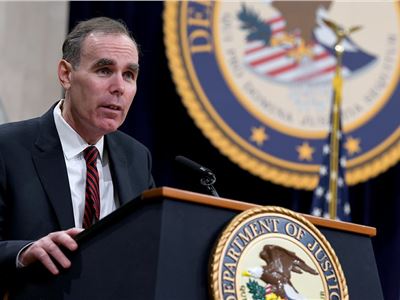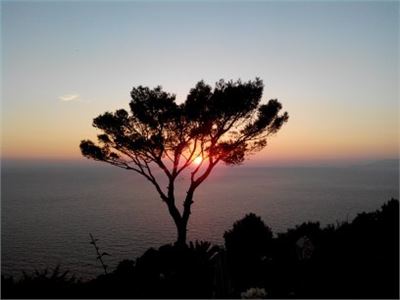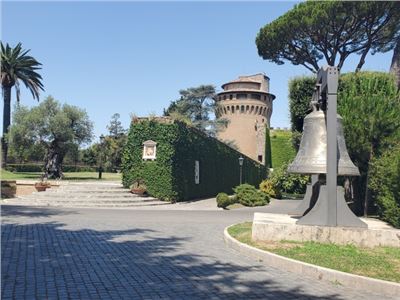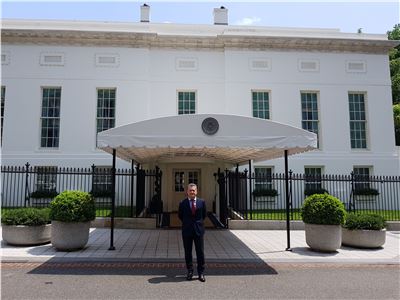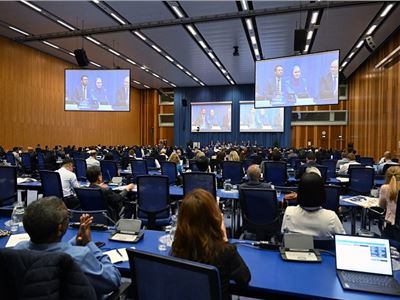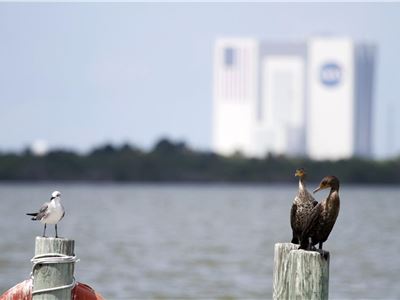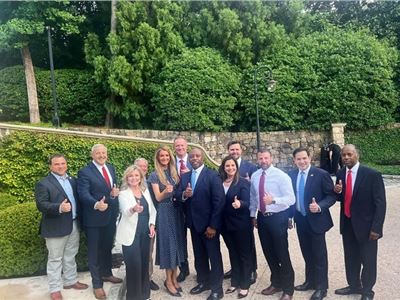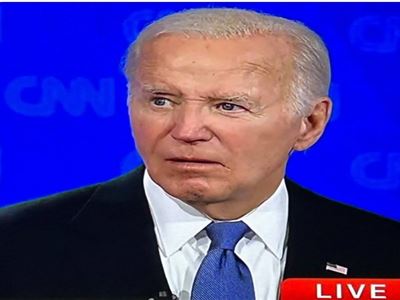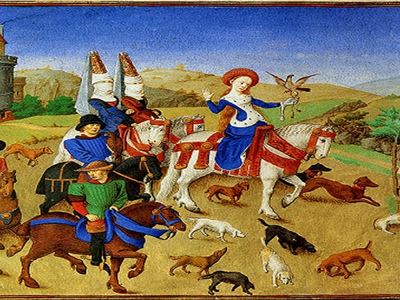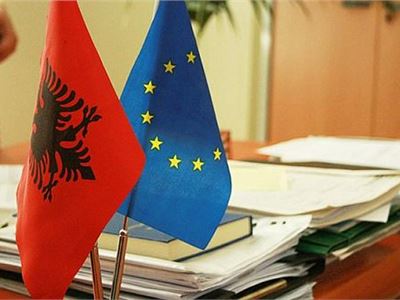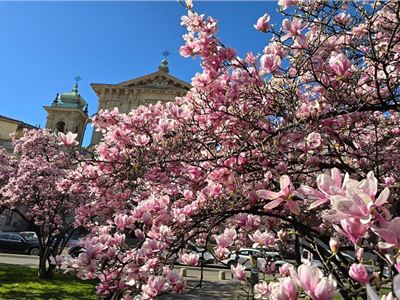Vincenzo Naschi : vmnaschi@gmail.com
The Tourism industry rejoices for a specific Ministry (that will have its own portfolio) dedicated in the Draghi government, assigned to Massimo Garavaglia of the ‘Lega’ Political Party. The tourism industry that, prior to the pandemic, was worth 13% of the Italian GDP (approximately EUR 240 billion) employed 15% of the work force, contributed for EUR 44 billion to the Italian trade balance and marked a production value of EUR 190 billion, has been mangled by the COVID crisis. The pandemic, for this sector, has produced the effects of a war: if national GDP of our Country dropped by 8.8% in 2020, that of tourism has fallen by 40%.
Already the “Colao plan”, (who is presently also a Minister, a positive factor) had indicated tourism as art and culture and as the primary “brand” of the Country “This is the moment for a stimulus plan for tourism that invests in “good debt”, to quote Draghi, so as to define strategies and procedures to rebuild on solid bases our “trade mark” says Vincenzo Naschi, 55 years old, former President of Horwath HTL (Hotel, Tourisme, Leisure) Italy, strategic consultancy international network founded in NY in 1915, presently owner of a widespread accommodation hotels located in Umbria and in Florence.
‘’According to the Travel Competitiveness Report of the World Economic Forum, Italy is ranked 63rd for the importance that it gives to the tourism sector while, for example, our neighboring Spain is ranked 9th.’’
Historically there is a problem of governance’’ – continues Naschi -. ‘’The coordination between the players involved is missing (central government, Regions, trade associations, etc.) and there is the inability to develop a common strategy. A government presidium with adequate resources, is welcomed. Italy has an extraordinary potential in its image but the fragmented communications activities are not effective when compared to the competitors. This causes our “reputation”, as defined by large online travel agencies, to be more exposed to negative publicity on international media. There is the need for a united and more incisive communications policy, with a centralized budget to overcome the absence of scale of economy in the communications investments’’.
‘’The lack of structural agreements with foreign tour operators also plays an important role, it prevents to attract tourism flows when compared to the real potential: we are only ranked 5th for international visitors behind France, Spain, USA and China, once we were the first destination. Then there is also the chapter of the reception facilities there is a disunity amongst Regions in certifying the levels, the stars – continues Naschi - so what is being offered to the tourist are limited guarantees of uniformity, apart from an obsolete system. There is the need to renew and to uniform national standards and above all define a system of dynamic control for continuous revisions. Another problem tied to the lack of team work are business networks that will allow to share resources, expertise, planning capacities and access to credit; as of today, only 5% of tourism companies participate, according to the “Colao plan”.
‘’On a structural level the receptive fragmentation (270,000 facilities of which 36,000 hotels) holds back investments and there is a high offer in the intermediate range: 55% of hotels are 3 stars and of not of recent construction. Instead, the demand grows for the higher market range”.
‘’These elements bring consequences on future choices to be enacted it’s necessary to sustain and to motivate in the Pnrr – goes on our expert – to upgrade our structures, the technologies, as an example optic fiber is still defective, and the green components with efficient plants environmentally safe. Another theme that can become strategic is tied to buildings and areas of great historic and artistic value – hamlets, monasteries, castles and fortresses, palaces – that can be found in large numbers in Italy and not adequately promoted although they have a strong iconic meaning because they represent our cultural identity. It would have a great impact to promote an Italian iconic chain, attracting also private ad hoc investments under the authority of the State, following the example of what is being done in Spain with the chain of “Paradores”. This would allow to attract tourists in many areas of our Country with a potential still not fully expressed and to reclaim our artistic historic patrimony.
Just consider the satellite activities that this operation would creat.
Last argument is the challenge represented by training policies. In our Country there is a lack of high-level professional schools for directors and tourism management, taking as an example the “l’Ecole Hotelier” in Lausanne. “In 2025 there will be the celebration of the Great Jubilee – concludes Naschi – will the tourism industry raise itself again and be ready for this great opportunity? The Ministry is a first step that generates optimism’’
Ivette Castro


